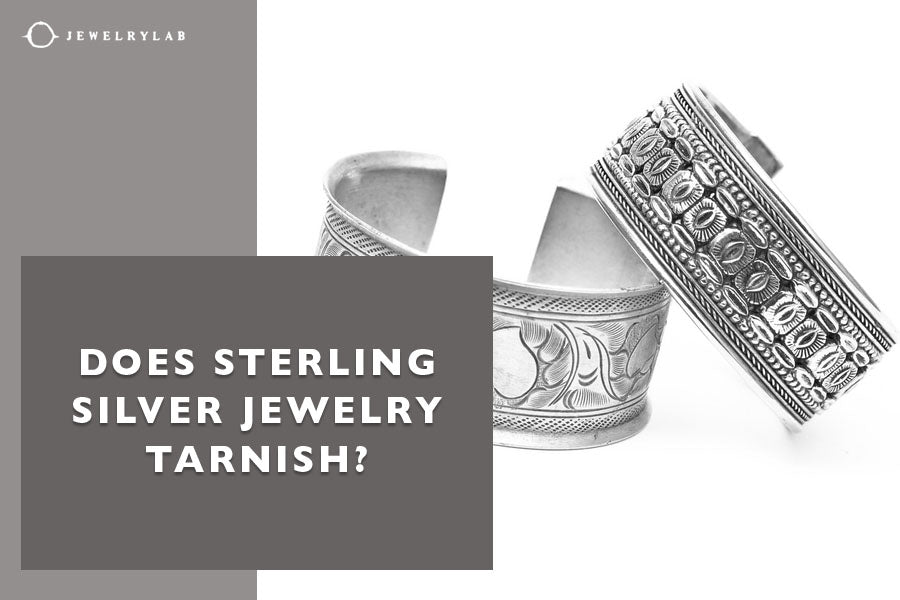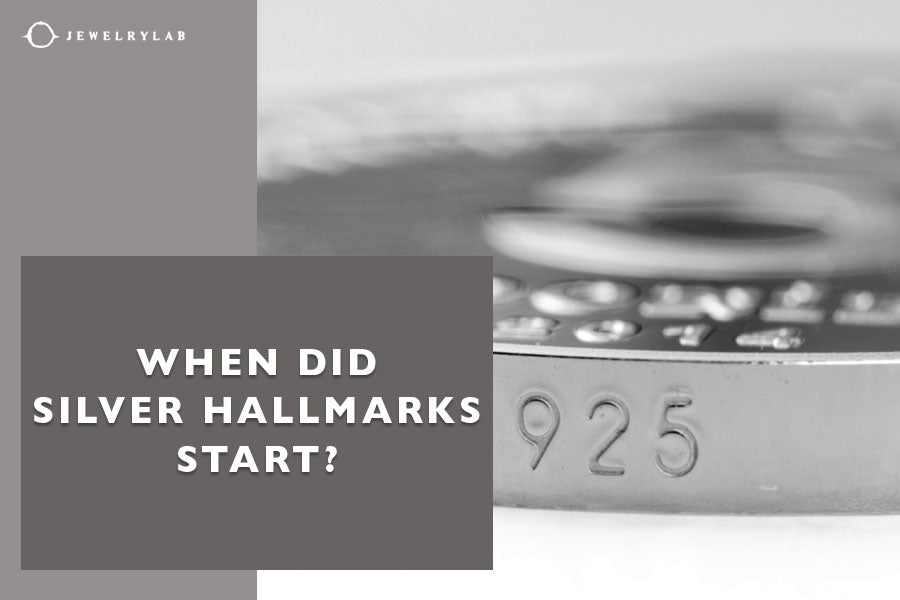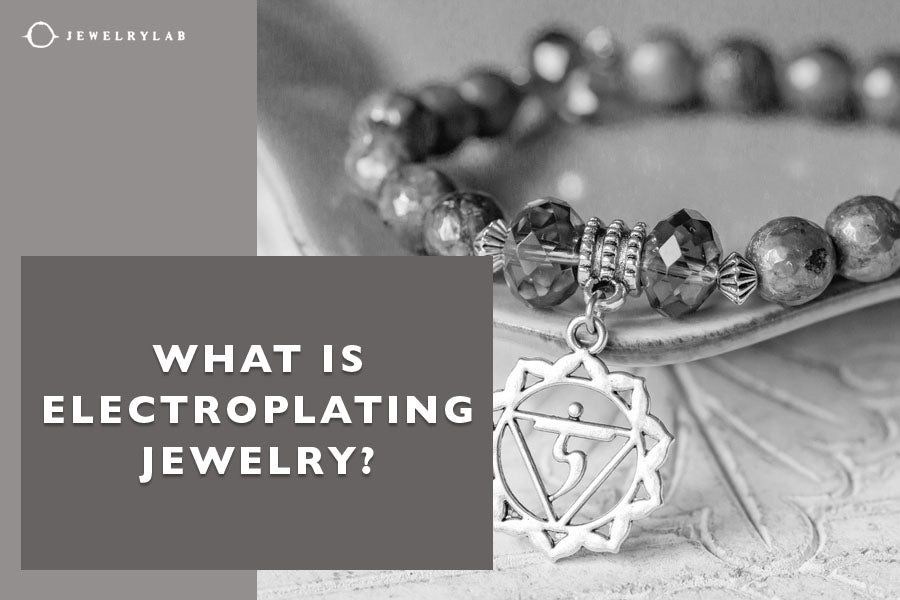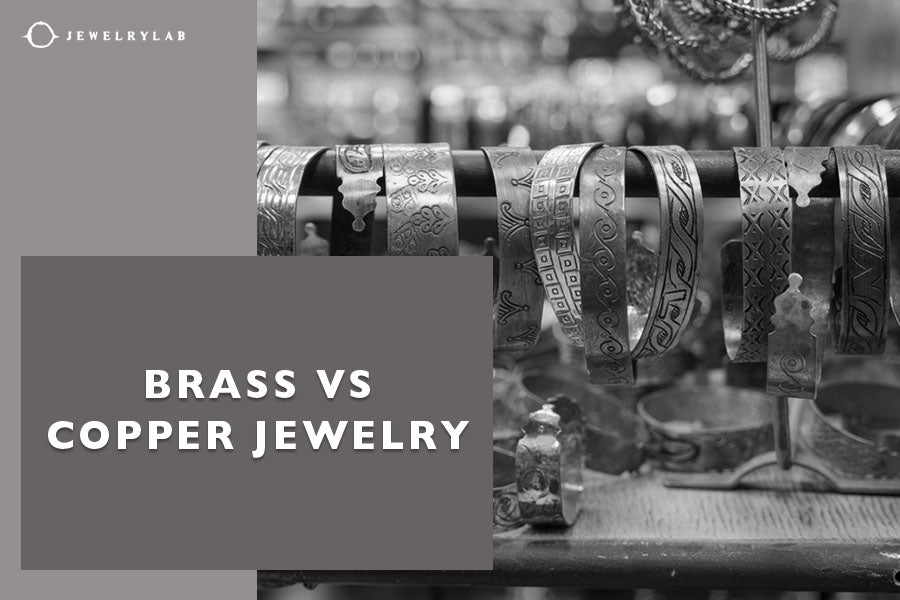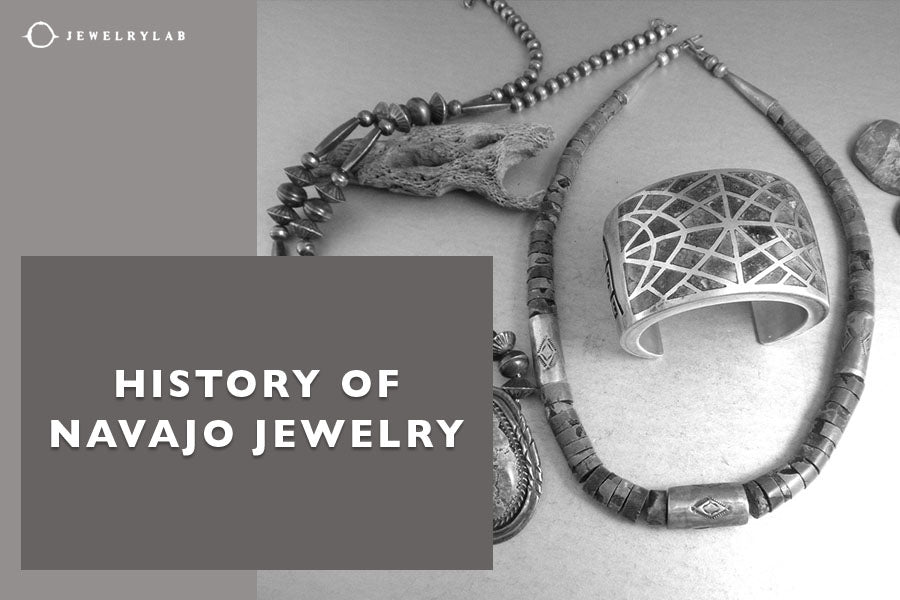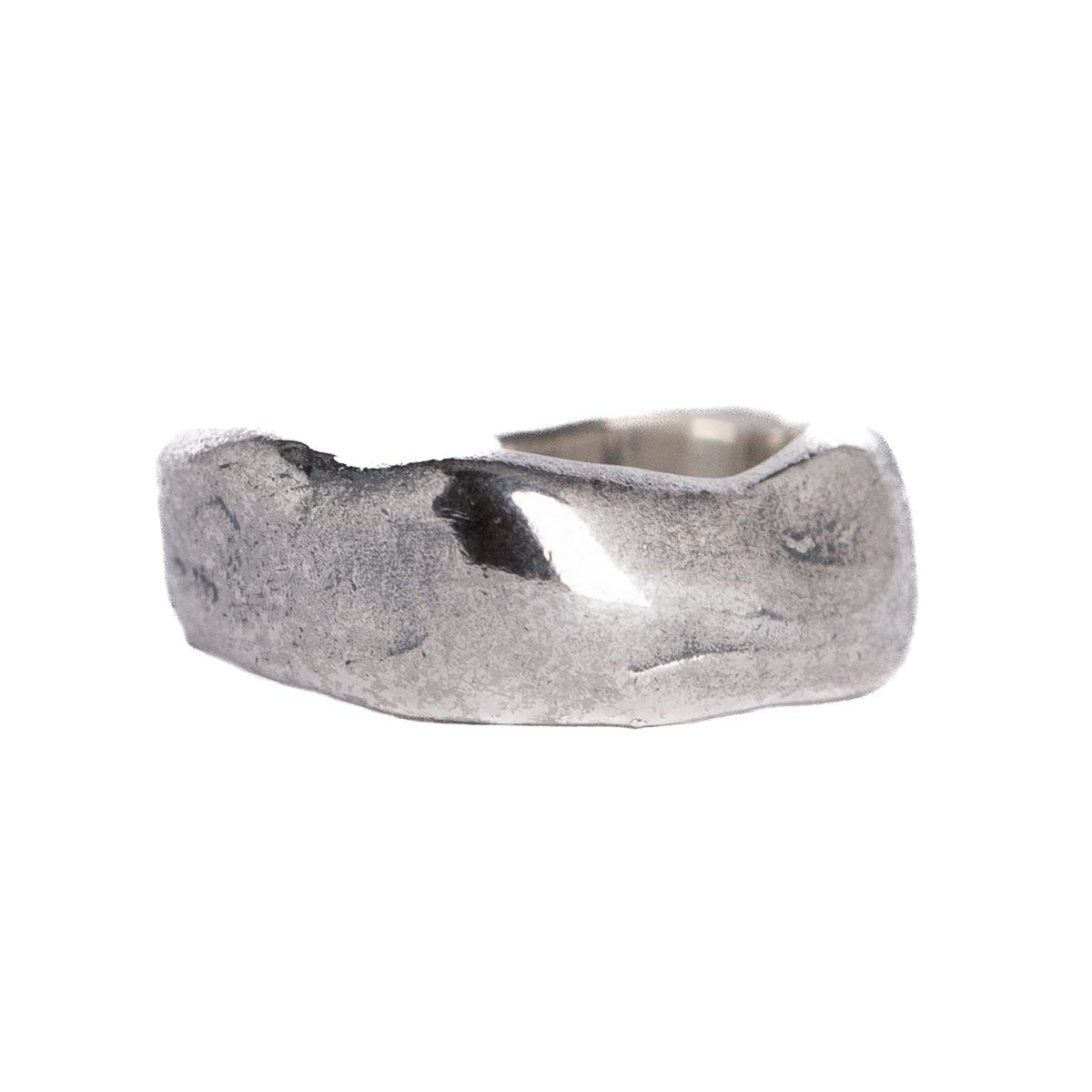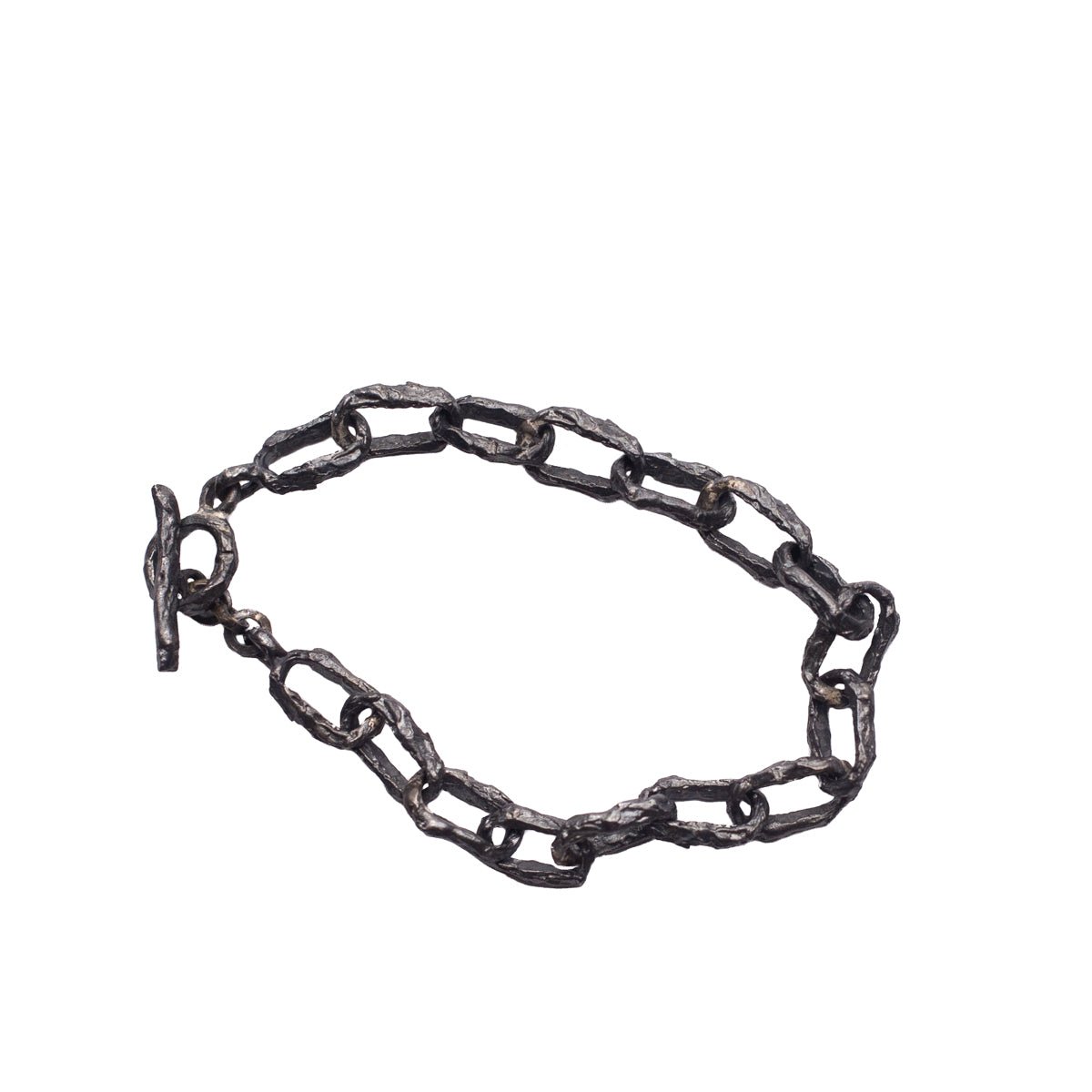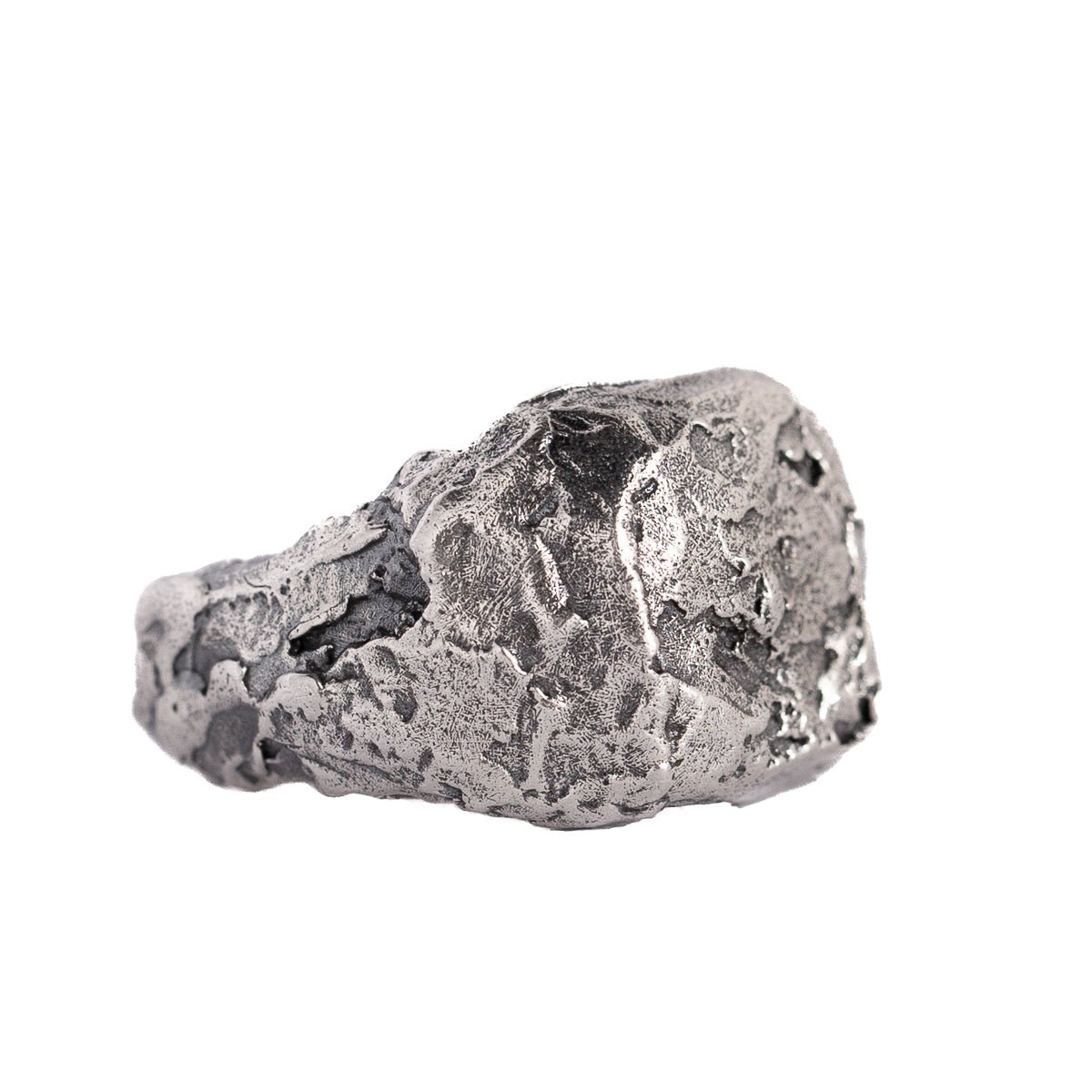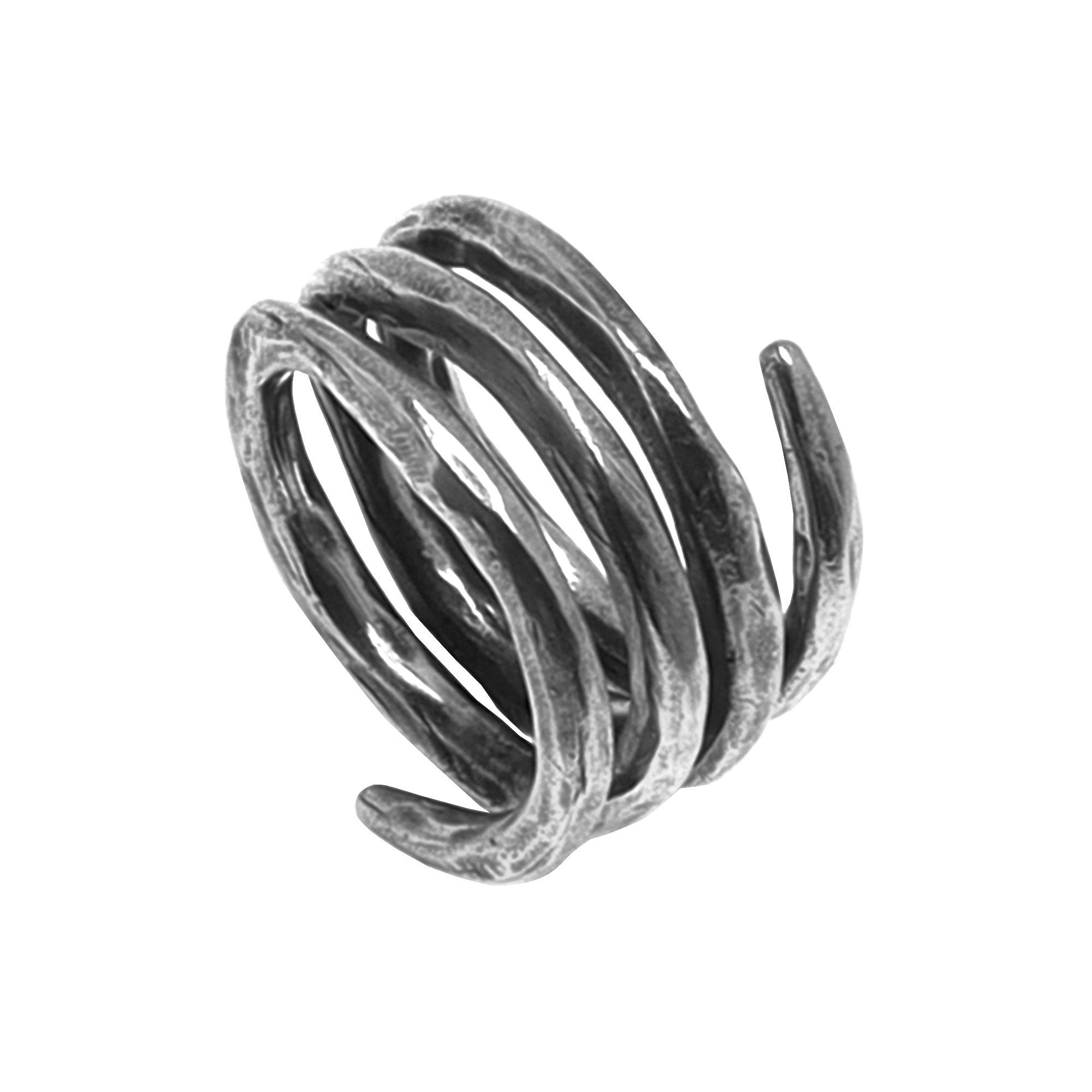by Jesus Zabala - 5 min read
What Is Artisan Jewelry?
Artisan jewelry has witnessed momentum in recent years. With a growing demand of clients interested in unique, carefully crafted jewelry pieces, the term artisan-made began to pop up at every corner of the internet. But what is artisan jewelry?
In this guide, we will explain what artisan jewelry is, how it’s made, and the materials used in its production. We will also explain how to recognize true artisan jewelry and how it differs from other jewelry creations.
What is Artisan Jewelry
When trying to compose a definition for artisan jewelry, we can say that it is hand-assembled (handcrafted) jewelry made by a skilled artisan. While this definition is a good way to capture the term in fewer words, there has been a lot of debate and confusion around what can and cannot be labeled as artisan jewelry.
For us at Jewerylab, artisan jewelry pieces are the ones that artisans make with traditional techniques and use hand tools in the making process.
The hands at work behind artisan creations pay immense attention to the value of the jewelry. Artisans pay great attention to their materials and put a lot of time and effort into the details of each jewelry piece they make.

Understanding Artisan Jewelry
Artisan jewelry is focused on creating authentic, artistic creations that also offer functionality. Each artisan craftsman has their approach, incorporating unique cultural values and a distinct essence into the jewelry they create.
For us at Jewerlylab, creating asymmetrical handcrafted jewelry pieces is always coupled with putting love, attention, and soul into the end piece. Our jewelry serves as a reminder to break down societal constraints and rise above fear and limitations.
We believe that artisan jewelry should be made from scratch. Buying the materials commercially and assembling them is not the artisan way to do it. The artisan creation process starts with a metal sheet, hammering, shaping, embellishing, and styling at the final stage.
How to tell if jewelry is handmade
With the increased handmade jewelry demand in mind, some jewelry businesses advertise their pieces as handmade to attract attention. This creates a false image among consumers of what handcrafted jewelry represents. In many cases, saying that the jewelry is hand-assembled would be more suitable than labeling pieces as handmade.
Artisan jewelry requires more time, effort, and skill than assembling already mass-produced pieces. The only exception to this is beaded jewelry, as it can be labeled as handmade when the beads are minimally processed or best-case scenario, raw.
So, how to tell if jewelry is handmade?
Telling handmade jewelry apart from mass-produced jewelry can be tricky. One of the most important things to remember is that mass-produced jewelry usually has a lower price tag. The reason for this is that mass-produced jewelry is made in large amounts. It is produced by machines in assembly lines, and this reflects on product quality. Mass-produced pieces easily lose their color or begin to rust over time.
This is not the case with artisan jewelry. Artisan jewelry is made by hand, and usually, there is a smaller amount of copies on the market. The quality is not compromised in any way, as artisan pieces are created by craftsmen who are passionate about their work. Consequently, handmade jewelry comes with a higher cost. Some of the main reasons for this include using higher quality materials, originality, and custom-fit jewelry.
The best way to ensure that jewelry is handmade is to purchase it directly from artisans.
Artisan Jewelry Techniques and Materials
There are many artisan techniques used in jewelry creation. Here, we will look deeper into metalsmithing and wire wrapping techniques.
Metalsmithing and metalworking
One of the oldest ways of creating jewelry is metalsmithing. This is a process of manipulating metals with high precision to create unique jewelry pieces. Various techniques fall under metalsmithing, including annealing, soldering, forging, repousse, etc.

Annealing
In metalsmithing, annealing is used to soften the metal by heating it with a torch or kiln. With this, the metal becomes easier to bend and manipulate. After we finish heating, the metal is left to quench in cold water and then moved into a pickle for the surface oxides to dissolve.
Soldering
Soldering is a process in which metal alloy is heated to a melting point and then used to join together two metals. This is often used in cuffed and clipped jewelry. We present the Sagga Necklace to offer a visual perspective of what this specific technique helps achieve.
Wire wrapping
The easiest way to spot a wire wrapping technique is to look for the wire in the design. Wire wrapping is used when working with pendants, charms, and beads. Simply put, wire-wrapped jewelry features a wrapped wire decorated with ornaments such as gemstones or beads. Wire wrapping is a technique that requires much detail and plenty of practice to master, but experienced craftsmen can create very intricate and delicate designs using wire.
Variety of materials used in artisan jewelry
Artisan jewelry is made from various metals, the most traditional metals being silver, gold, and platinum. Still, other metals such as brass, bronze, and steel are also regularly found in our rings, necklaces, and bracelets. Looking through the JewelryLab bestsellers, clients will find that gemstones and crystals are also included in our designs.
Steering silver
Steering silver is composed of 92.5% by weight of silver and 7.5% by weight of remaining materials, usually copper. However, due to it being prone to tarnishing, it can include elements other than copper to reduce the tarnishing effect. Steering silver is widely used in artisan jewelry due to its inherent strength.
Cooper
Cooper is a very versatile metal that is largely used to achieve different color variations. This is due to it being a reactive metal which oxidizes quickly. This metal is mainly used in creating larger, heavily formed pieces. However, it is not the best choice for small, intricate pieces of jewelry.
Brass
Similarly to copper, brass, an alloy of copper and zinc, can also achieve a wide range of colors. It can be difficult to handle as it requires regular annealing and can be easily overworked. Still, jewelry created with brass, such as the 3 Dead Men Bracelet, is hard to ignore.
Gold
The purity of gold jewelry is expressed in karats. The most common high-quality gold in artisan jewelry is 22 and 24-karat gold. These exhibit a yellow color, while lower-karat gold allows for colors such as white, green-gold, and red. Since pure high-karat gold is expensive, most artisan craftsmen create gold-plated jewelry. The Hanu Pendant Necklace is one such example from our collection.
Gemstones and crystals
Using gemstones and crystals in handmade jewelry gives the pieces a distinct look and adds a unique energy. Gemstones and crystals can be added to rings, earrings, and necklaces. In necklaces, they are a substitution for a pendant and add a pop of color like the Tangerine Crystal Necklace. Using crystals can also introduce elegance and sophistication into a piece, such as in our Black Onyx Ring.

Bottom Line
Misconceptions around artisan jewelry often arise due to false advertising, which leads to its true value being compromised. Ultimately, what is artisan jewelry? This type of jewelry is crafted by the hands of a skilled professional, each piece offering an intimate and personal touch.
Those interested in the JewelryLab creation process can get a sneak peek at how work is done in our studio.


